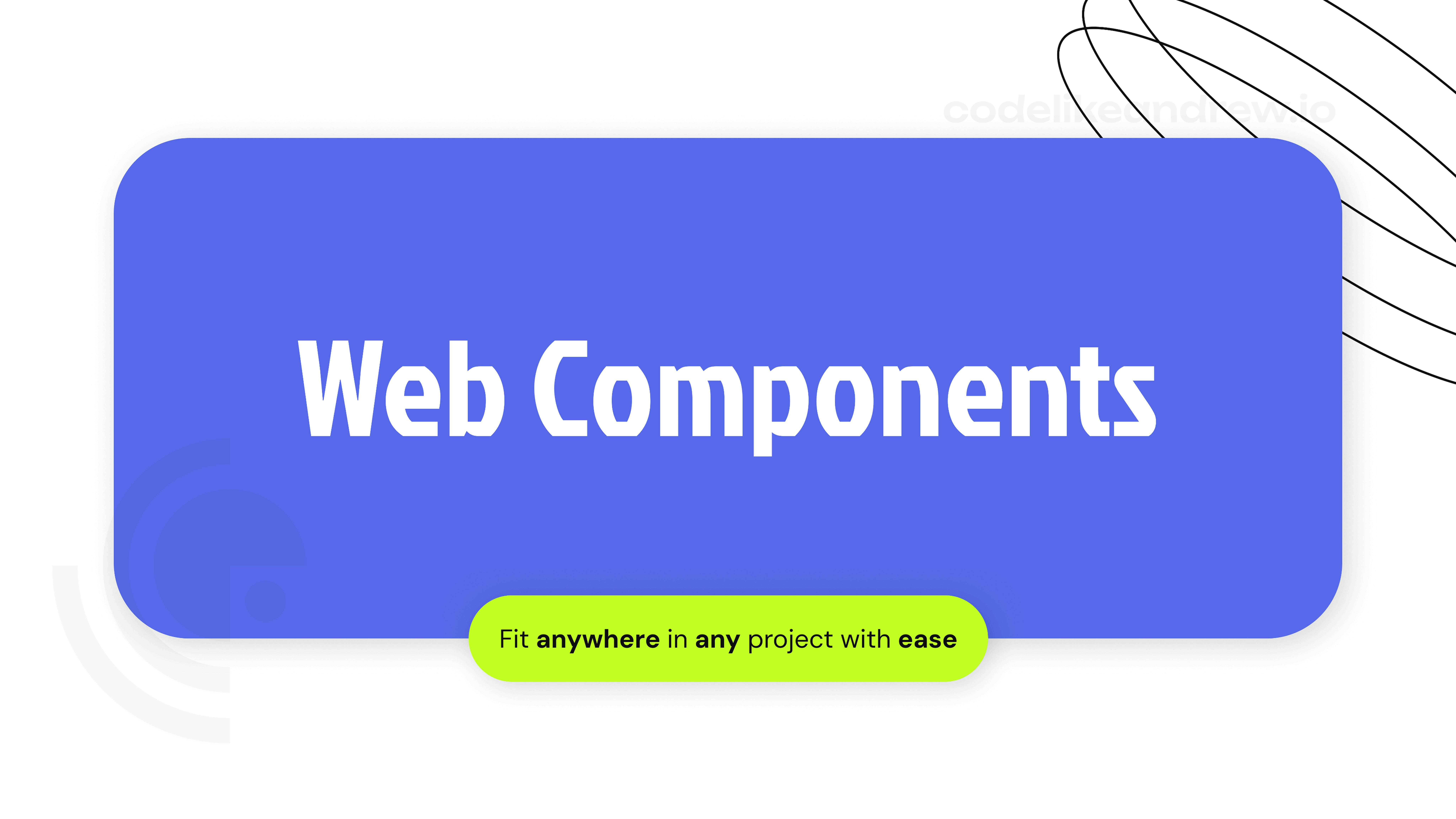fromRaymondcamden
2 months agoBuilding a Web Based Comic Book Reader
Earlier this week, I took a look at parsing electronic comic books and sending them to GenAI as a way to get summaries of stories. That was a fun experiment and it actually worked quite well. I thought I'd take a stab at trying a similar approach with Chrome's Built-in AI support as well when I discovered that... wait... I don't actually have a way to view comics on the web. Or so I thought.
JavaScript

